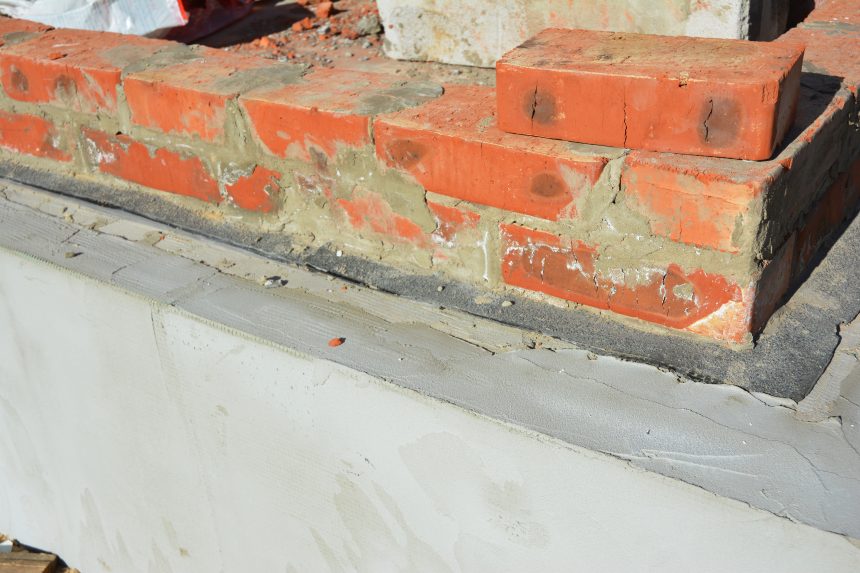
What is a damp-proof course?
A damp proof course (DPC) is a protective layer near the bottom of the walls of a building that prevents rising damp.
In a property without a DPC, water can rise up from the ground through capillary action and through porous elements in your brickwork. If it creeps through the walls, it can cause structural problems and potentially lead to mould forming inside your home.
What is a damp-proof course made from?
Pre-1900 properties were traditionally built with slate DPCs. More recent houses have plastic. DPCs can be made out of a number of materials. Although building regulations require the inclusion of a damp proof course in any new building, they do not specify one single material. It may be built from ‘bituminous material, polyethylene, engineering bricks or slates in cement mortar or any other material that will prevent the passage of moisture.’
What does a damp-proof course look like?
Unless it has been rendered over, you will normally see it as a little black line between 6 inches and 2 feet from the ground, running all the way around the external walls.
Why is it important to know where your damp-proof course is?
If you’re considering external building work, it will be useful to know where your DPC is located. It is important not to damage or bridge the DPC as this will create a path for moisture. If you have problems with mould or damage to a property’s structural integrity, we would advise you to hire a professional to carry out an assessment on the walls before getting any External Wall Insulation or Render-Only work done.














